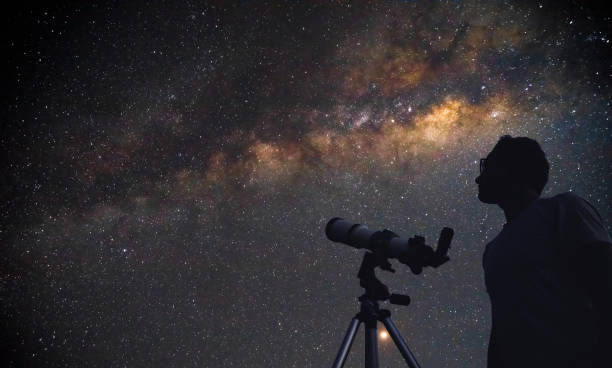Embracing the Renaissance of Science and Technology: A Journey Through Classical Innovation and Modern Fortitude
- Augustus Barlas HANZADE

- Apr 20, 2024
- 3 min read

In the timeless tapestry of human progress, the threads of science and technology are woven with threads of innovation, curiosity, and fortitude. From the grandeur of classical civilizations to the digital age's relentless march, humanity has embarked on a journey of discovery, constantly pushing the boundaries of what is possible. In this article, we delve into the intersection of classical wisdom and modern fortitude in the realm of science and technology, exploring how the echoes of the past resonate in today's innovative landscape.
Classical Foundations
The roots of modern science and technology can be traced back to the classical civilizations of antiquity. The ancient Greeks, with their insatiable thirst for knowledge, laid the groundwork for many scientific disciplines. From Aristotle's philosophy to Archimedes' engineering marvels, the classical era provided a fertile ground for intellectual exploration and innovation.
One of the most enduring legacies of classical science is the concept of empirical observation and systematic inquiry. The scientific method, pioneered by thinkers like Aristotle and later refined by scholars such as Galileo and Newton, remains the cornerstone of modern scientific inquiry. By carefully observing the natural world and formulating hypotheses based on empirical evidence, scientists unlock the secrets of the universe, perpetuating the legacy of classical thought.
Classical technology, too, left an indelible mark on human civilization. The architectural wonders of ancient Rome, the mechanical ingenuity of the Greeks, and the astronomical achievements of the Babylonians are testament to humanity's early mastery of technology. These classical innovations, though primitive by today's standards, laid the groundwork for the technological revolution that would follow centuries later.
Modern Innovations
Fast forward to the present day, and we find ourselves in the midst of a technological renaissance unlike any other. The digital revolution has transformed every aspect of our lives, from how we communicate and work to how we navigate the world around us. Powered by advancements in computing, artificial intelligence, and biotechnology, the modern era is witnessing an explosion of innovation that rivals the classical age in its scope and ambition.
One of the defining characteristics of modern science and technology is its interdisciplinary nature. No longer confined to siloed disciplines, today's innovators draw inspiration from a diverse array of fields, blending knowledge from biology, physics, engineering, and beyond. This interdisciplinary approach has led to groundbreaking discoveries and technologies, from CRISPR gene editing to quantum computing, that promise to reshape the very fabric of society.
At the heart of modern innovation lies the spirit of fortitude – the courage to challenge the status quo, the resilience to overcome obstacles, and the determination to pursue ambitious goals. Whether it's Elon Musk's audacious vision of colonizing Mars or the global effort to combat climate change, modern innovators embody the same pioneering spirit that drove the great minds of antiquity.
Embracing the Intersection: In the intersection of classical wisdom and modern fortitude lies a treasure trove of opportunities for scientific and technological advancement. By marrying the timeless principles of empirical inquiry and systematic thinking with the boldness and creativity of the digital age, we can unlock new frontiers of knowledge and innovation.
One area where this intersection is particularly evident is in the field of renewable energy. Drawing inspiration from nature's own designs, scientists and engineers are developing innovative solutions to harness the power of the sun, wind, and water to meet humanity's energy needs sustainably. From biomimetic solar panels to wind turbines modeled after the wings of birds, classical principles of observation and imitation are driving the next generation of clean energy technologies.
Another promising frontier is the convergence of biology and technology, often referred to as bioinformatics. By leveraging the power of big data and machine learning, researchers are uncovering new insights into the complex workings of the human body, paving the way for personalized medicine and targeted therapies. From decoding the human genome to designing synthetic organisms, the marriage of classical biology with modern computational tools holds immense promise for revolutionizing healthcare and biotechnology.
Conclusion
In the timeless quest for knowledge and innovation, the interplay between classical wisdom and modern fortitude serves as a guiding light, illuminating the path forward. By embracing the lessons of the past while embracing the challenges of the future, we can harness the full potential of science and technology to create a brighter, more sustainable world for generations to come. As we stand on the shoulders of giants, let us honor their legacy by daring to dream, daring to innovate, and daring to push the boundaries of what is possible.



Comments